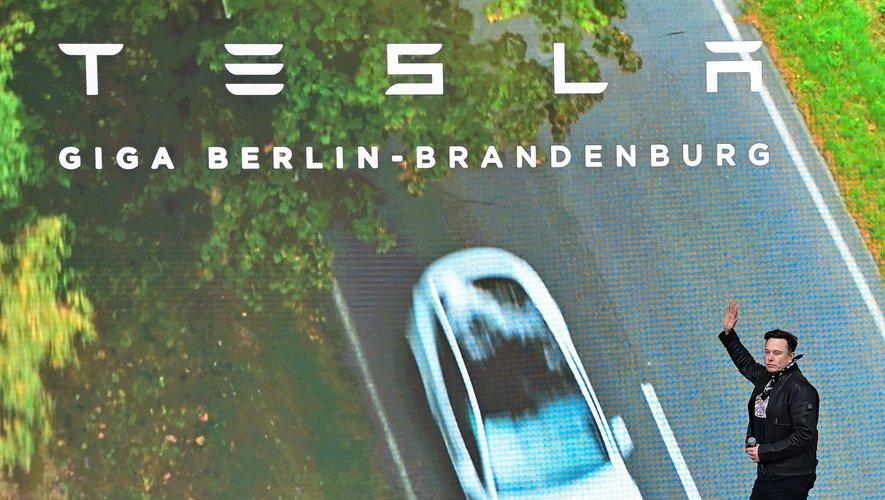By akademiotoelektronik, 10/09/2022
Tesla: Humanoids, Robotaxis, IA on what is Elon Musk in 2022-23?
The daring promises of the billionaire, however, collide with many challenges, both technological and regulatory.
"I would be shocked if we did not succeed in a complete autonomous driving safer than the human this year.I would be shocked, "said Elon Musk on Wednesday, predicting that the full autonomous driving would become" the most important source of profitability for Tesla ".
"It is incredibly positive from a financial point of view," he added, saying that future autonomous taxis would multiply by five the usefulness of a vehicle, the private owners who can get rid of it for this activitywhen they do not use it elsewhere.
Too ahead?
Tesla drivers bought autonomous driving packs at 12,000 dollars (10,758.47 euros) in the hope of full autonomy in the future, and 60,000 others test the latest software independent driving.

"I like the fact that they (tesla-ndlr) push the limits, but I think they are too aggressive," comments Craig Irwin, analyst at Roth Capital Partners.
Another obstacle on the path of complete autonomy, that of the regulations for future fleets of Robotaxis in particular.
Tesla uses the controversial technique of cameras and artificial intelligence (AI) for its cars, standing out from rivals like Waymo which use the radar and the Lidar, another method of remote sensing.
According to Philip Koopman, professor at Carnegie Mellon University who worked on the safety of autonomous vehicles, "without a human driver to manage security in the face of situations that AI has not yet learned, it is very difficult to'Ensure the safety of a fully automated vehicle ".
Last December, Tesla recalled more than 475,000 electric vehicles as a result of reversing and trunk camera problems that increase the risk of accident.
A human robot in the boxes
In addition to software, Tesla engineers are working on the launch of a humanoid next year, "Optimus", which could notably be used to convey parts or goods in a factory.
For Elon Musk, these robots will have a higher commercial potential than that of cars.
But Raj Rajkumar, professor of electricity and computer engineering at Carnegie Mellon University, judges that he is on the wrong track.
"To perform dangerous and repetitive tasks, the use of a humanoid robot is exactly the wrong approach," he said.
Related Articles